#19th century type
Text




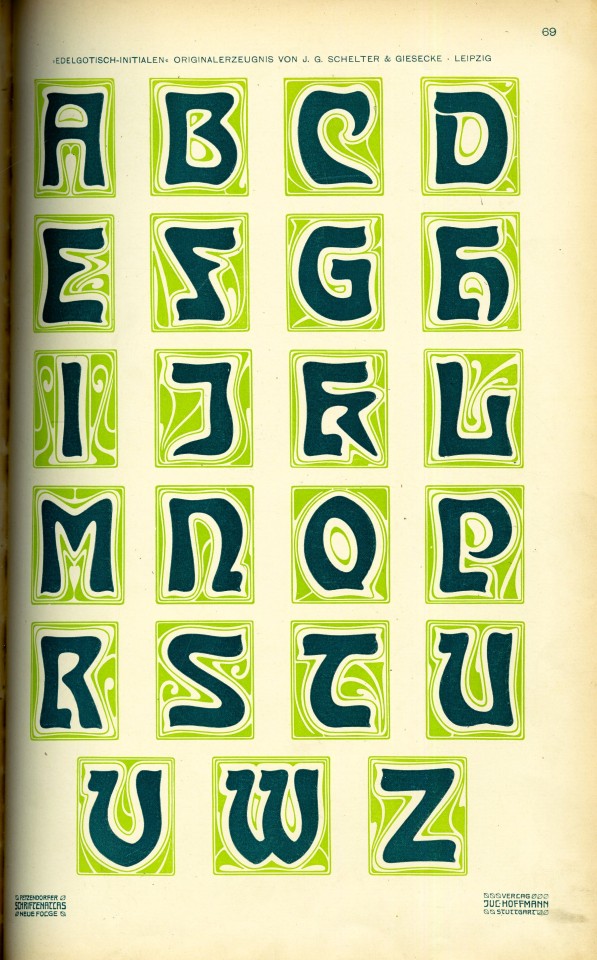
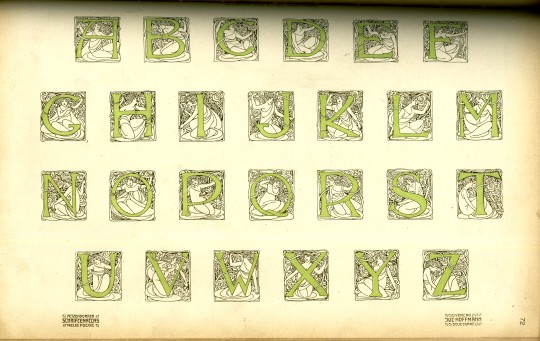


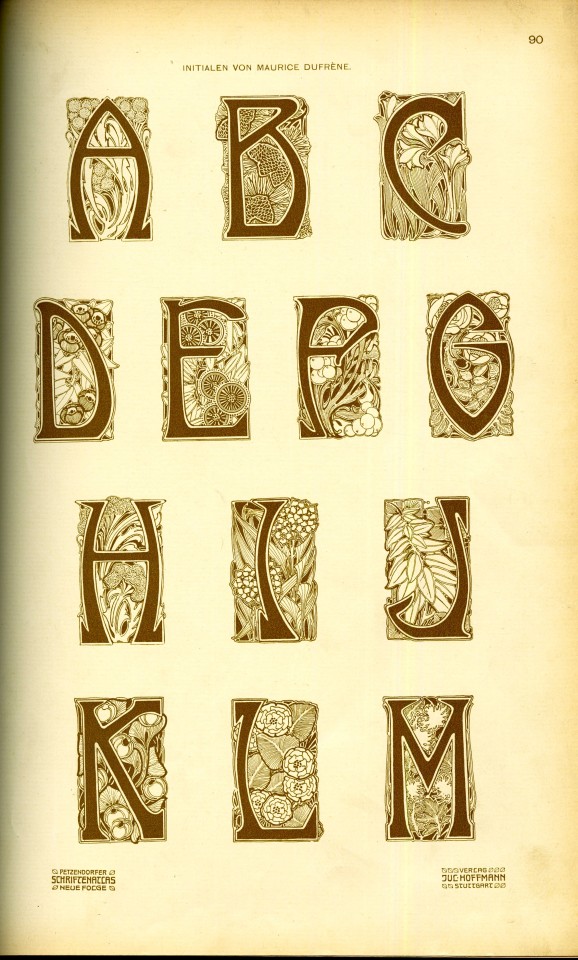

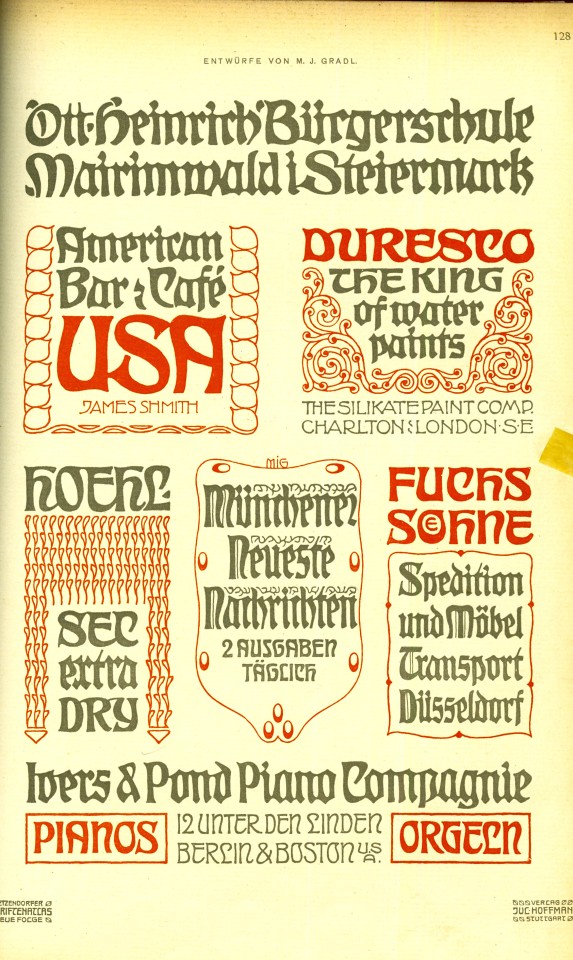
Typography Tuesday
Last month, the Milwaukee Public Library's Arts & Media Department held its first Art Book Club session. Intended as an informal art book appreciation club that meets once a month in the Art, Music, and Recreation room, each session explores a different theme by looking at the wide variety of art materials in the collection. The collection is historical, non-circulating, and vast. I attended and spent an hour and a half mesmerized by the array of luscious materials presented.
There was design, architecture, fashion, and much more. As a type nerd, I was especially drawn to the several late 19th- and early 20th-century type specimen books on the tables. Here, for example, are some pages of chromatic initials by various European and American companies from Schriften Atlas, compiled by Ludwig Petzendorfer and published in Stuttgart by Julius Hoffmann in 1898.
MPL held its second Art Book Club session on the theme of "Animals" last night, but I missed it because I was conducting an evening instruction session. Dang! But I'll be attending future sessions when I can and I'll keep y'all apprised.
View other type specimen books.
View more Typography Tuesday posts.
-- MAX, Head, Special Collections
#Typography Tuesday#typetuesday#chromatic type#type specimen books#type specimens#initials#type display books#Schriften Atlas#Ludwig Petzendorfer#Julius Hoffmann#Milwaukee Public Library#Art Book Club#19th century type
325 notes
·
View notes
Text
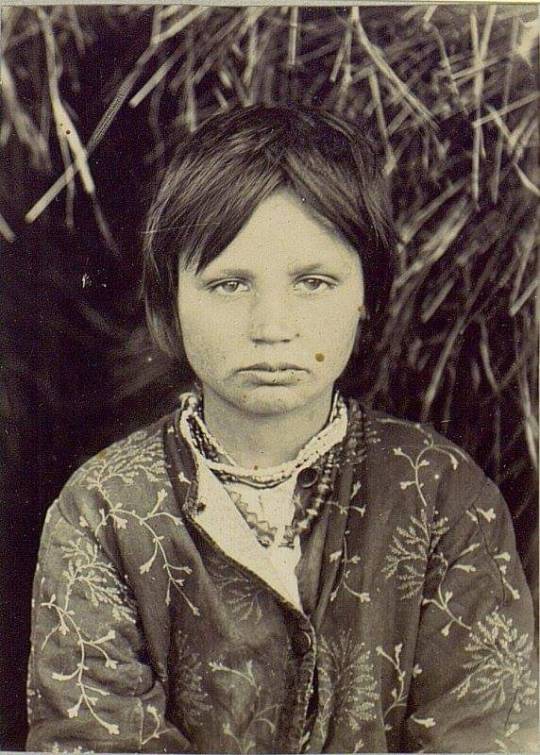

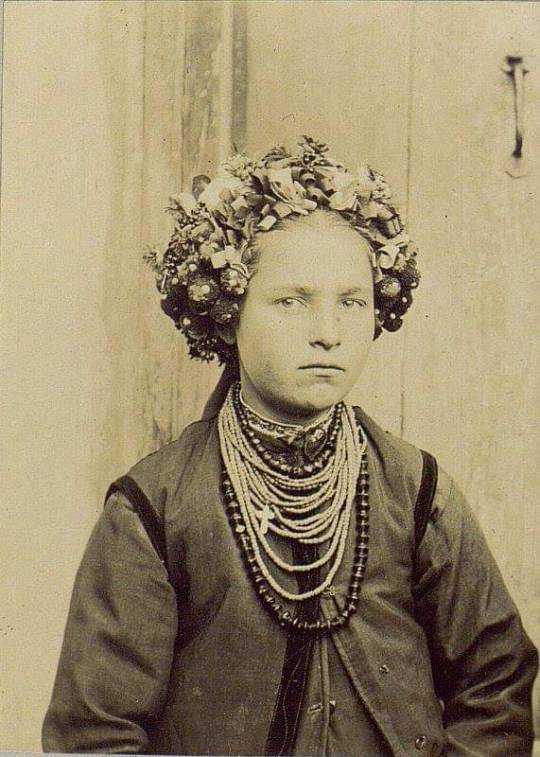



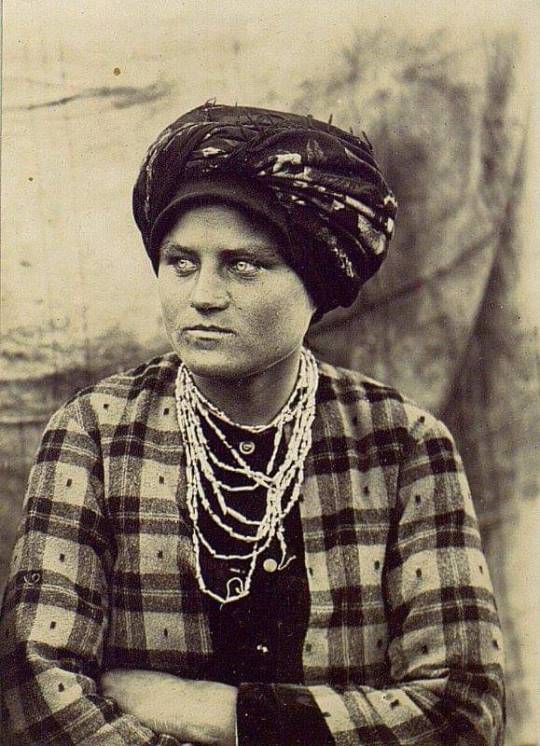



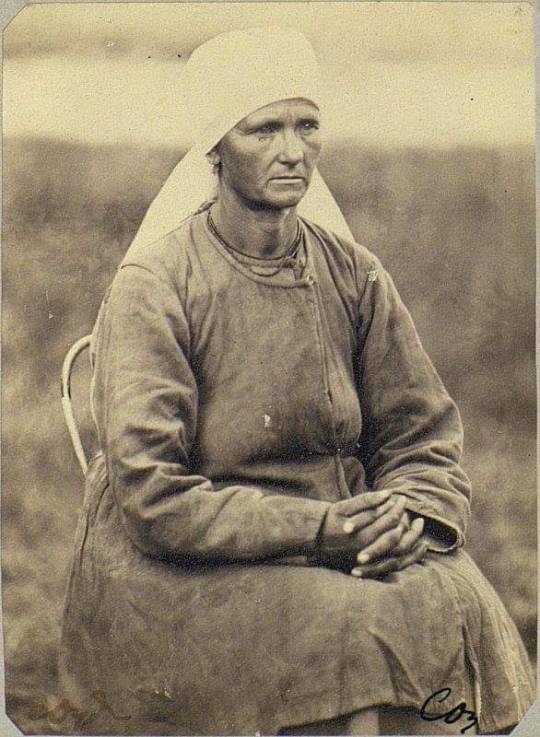

Portraits of ukrainian peasant women from Poltava region by Samiylo Dudin (1894)
Портрети жінок селянок з Полтавскої області зняті Самійлом Дудіним (1894)
#ukraine#eastern europe#photography#vintage photography#anthropology#portraits#people#black and white photography#faces#xix century#19th century#women#ethnic types#types
486 notes
·
View notes
Photo

La Mode illustrée, no. 19, 12 mai 1862, Paris. Alphabet orné, au plumetis. Ville de Paris / Bibliothèque Forney
#La Mode illustrée#19th century#1860s#1862#on this day#May 12#periodical#fashion#design#pattern#embroidery#Forney#alphabet#type
559 notes
·
View notes
Text
messy self-indulgent doodles with inconsistent proportions time

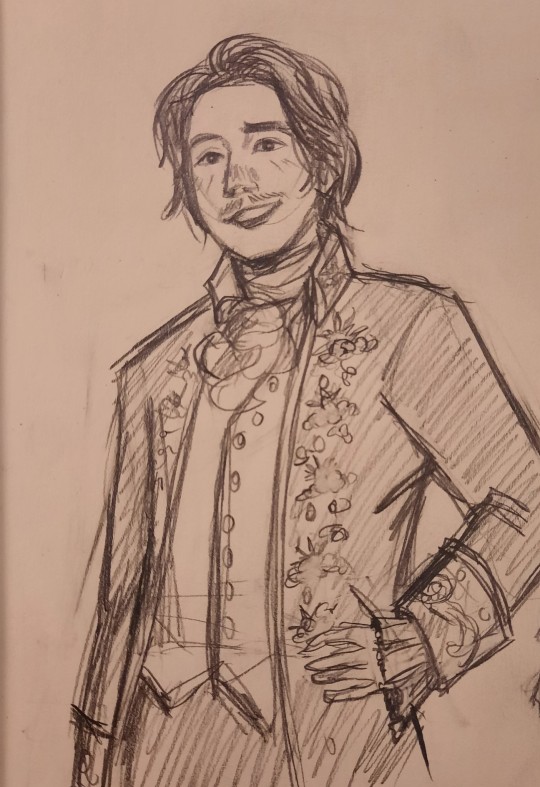
bojan and jure dressed in 1780s fancy coats woo

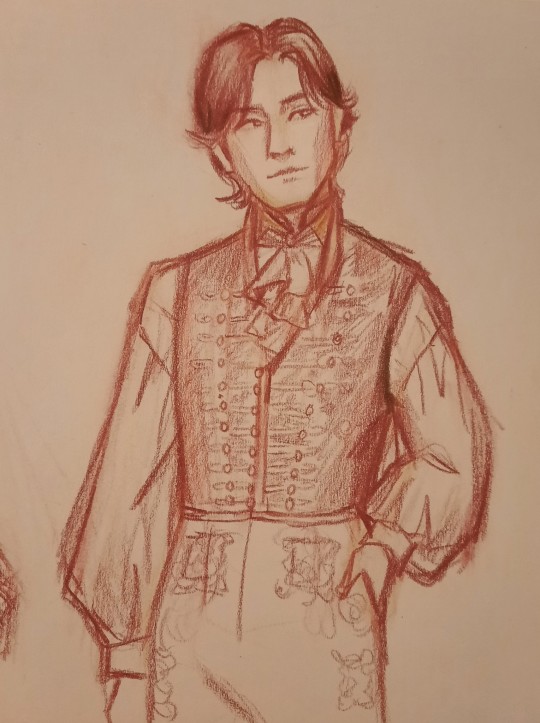
kris dressed in regency clothing
thank you for listening
#AGH I REALLY WANT TO MAKE A PROPER PIECE WITH THIS CONCEPT#maybe some day i'll do it#can you guess whether or not i had a hamilton phase#that is misleading i was into historical western fashion before i got into hamilton but hamilton certainly didn't help#imaGINE THE COATS HAVING THEIR LACE PATTERNS YES YES i just got lazy#joker out#doodle type thing#my art#kris guštin#bojan cvjetićanin#jure maček#joker out fanart#fanart#old timey joker out#yup that's the tag for this i decided#18th century#19th century
147 notes
·
View notes
Photo

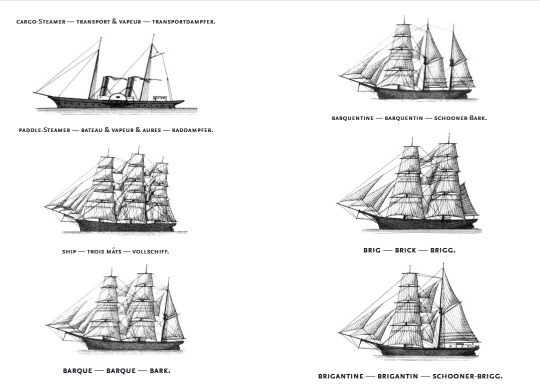

Different Steamer and Sailling Vessels of the 19th century
in: Paasch's Illustrated Marine Dictionary, by Captain Heinrich Paasch, 1885
#naval art#steamer and sailing vessels#19th century#in three languages#age of sail#age of steam#ship types
176 notes
·
View notes
Note
Dia duit !
I saw your post about putting Gaeilge as a mysterious language in fantasy books. As an author, I have a character who is Irish in my historical (19th century) fiction book - he's fey and sometimes speaks Gaeilge.
I'm not Irish, but loves Irish mythology and I started learning Gaeilge just for this character so I won't make any mistakes. So I'm glad to find your blog via this post who talks to me in a way haha.
Go raibh maith agat !
i think it's great that you're learning irish to try to get this right. you didn't ask me for advice, but if you want to avoid falling into the trap of becoming one of the fantasy authors i was talking about, here are a couple of things that might help:
when the character speaks irish, treat it as you would treat any other non-english language in the book (i.e. name it, acknowledge which characters understand it and which don't, remember that some readers will be able to understand it so using to conceal mysteries won't work for them), though with nuances appropriate for the historical power dynamics between characters. not as a mystery Special Language that readers can't possibly understand
consider having more than one character who speaks it, if your main irish-speaking character is "fey". i don't know exactly how you're treating otherworldly beings or how many human characters you've got or whatever, but if the only person in the book who speaks irish is the magical non-human person, then even if it's grammatically correct irish it's still likely to come across as ~*Mysterious Magical Language*~ and not Actual Language Real Humans Speak. so. best way to counteract that is to have some humans who also speak it in a normal unmagical manner
idk your book and you didn't ask for advice and as i said before, i'm not the irish police, but that's my 🧅!
#are we still doing the onion thing#idk#irish#gaeilge#answered#anonymous#if you wanted to be Historically Accurate and also a pain in the arse to editors#for 19th century it should def be pre-Caighdeán irish#if you are the type of historical writer who checks every english word in the dictionary for attestation dates anyway#if you're not it doesn't matter i guess
23 notes
·
View notes
Text

Daguerreotype of an officer of the Richmond Light Artillery, Virginia, USA, c. 1855
#such a striking image—though perhaps a little overkill with the amount of gilding#and a pity about the mold spiders (those white blemishes); I've digitally removed the ones that were on his face#but it's a type of damage that is usually impossible to remove from the actual surface of the daguerreotype for risk of further damage#19th century#1800s#1850s#19th century fashion#military fashion#men's fashion#historical fashion#fashion history#uniforms#swords#19th century photography#daguerreotype
70 notes
·
View notes
Text
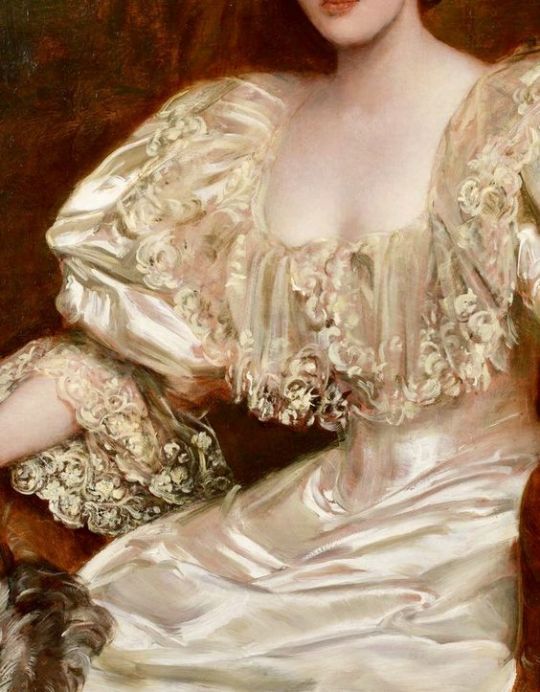
John Hanson Walker (1844-1930), detail
via herta_d on pinterest
#typing out the painter's birth and death dates really sent me into another dimension#imagine living from 1844 to 1930??? all of the INVENTIONS that happened???#this man was born during the very dawn of photography and lived to see AIRPLANES and REFRIGERATORS and FLAPPERS#anyway#art#fine art#art history#painting#paintings#19th century art#19th century painting#english art#english artist#british art#british artist#victorian art#victorian painting#portrait painting#antique portrait#art detail#art details
73 notes
·
View notes
Text
The Threefold Tie

Title Threefold Tie
Author Aster Glenn Gray
Summary:
Everything was fine till Jack fell in love with his former lover’s wife. Shy Civil War veteran Jack never expected to be involved in an affair du coeur. It seemed like a minor miracle when he and his comrade-in-arms Everett became lovers - and a painful return to reality when Everett married his sweetheart, Sophie. And the situation is only more complicated now that Jack has fallen in love with Sophie, too. When Everett found himself in love with Sophie, the proper thing for him to do was to end his dalliance with Jack and marry her. But even though everyone says it’s impossible to be in love with two people at once, Everett has never really gotten over Jack. Sophie’s unconventional family has shown her that love is not always simple. But she’s still startled to find herself responding to Jack’s very obvious crush - and to realize that Everett, too, still has feelings for Jack. How can they navigate nineteenth century romantic conventions and still find a satisfying arrangement?
Genre:
Historical Romance
Ship type:
M/M/F
Why you like it:
Another very cozy historical romance, with multiple POVs and excruciatingly delicious descriptions of pie.
Content tags
Don’t remember any?
Link
(image description: a basket of strawberries sitting on a field of grass)
#Author: Aster Glenn Gray#Title: The Threefold Tie#Genre: Romance - Historical#Genre: Historical - 19th Century America#Ship Type: m/m/f#Genre: Romance - Polyam
8 notes
·
View notes
Text
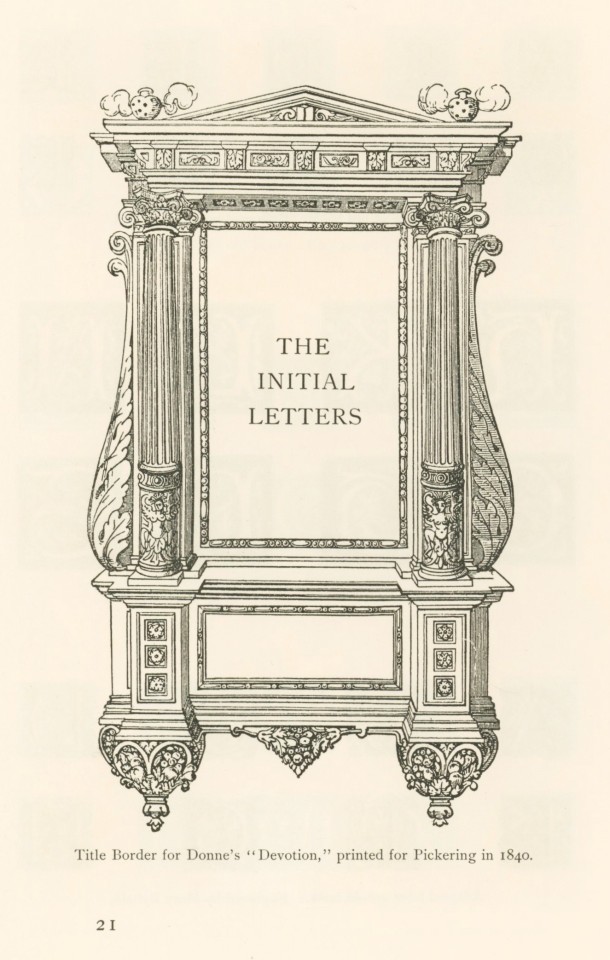

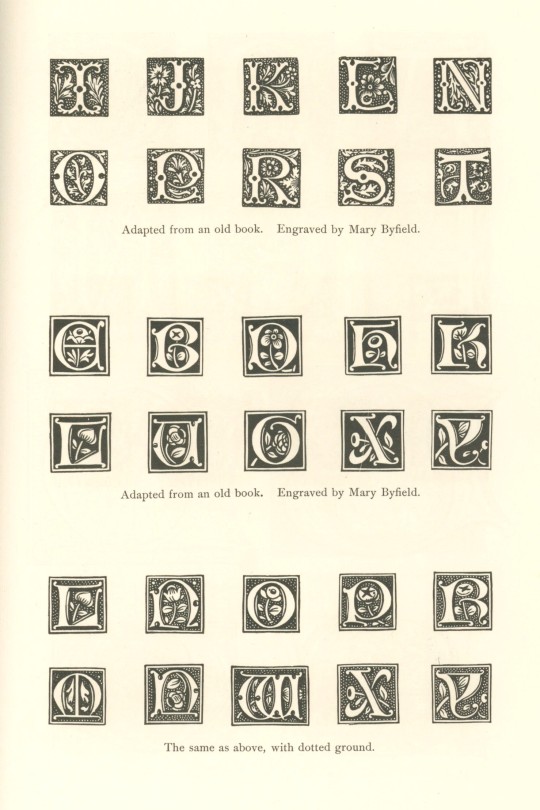
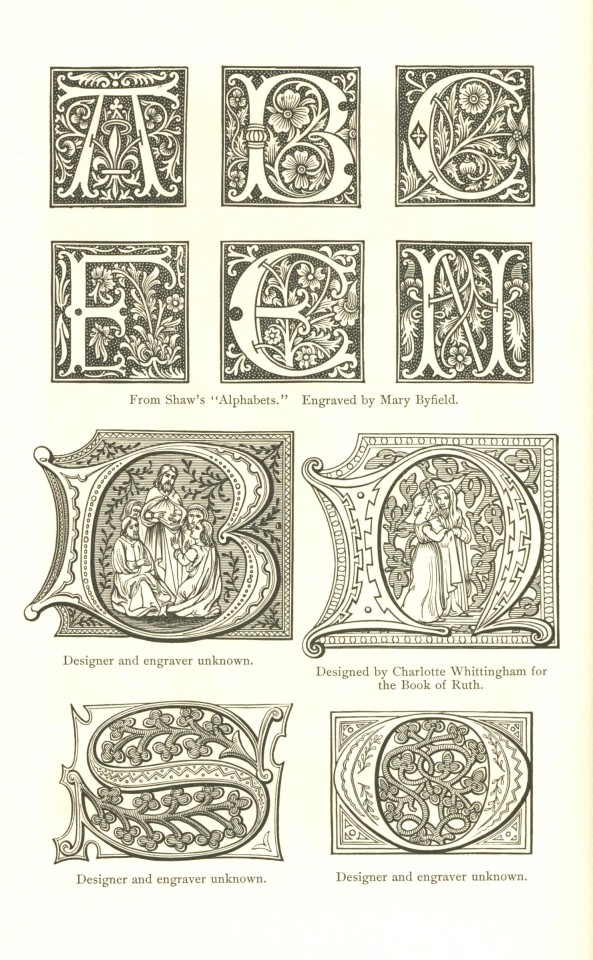

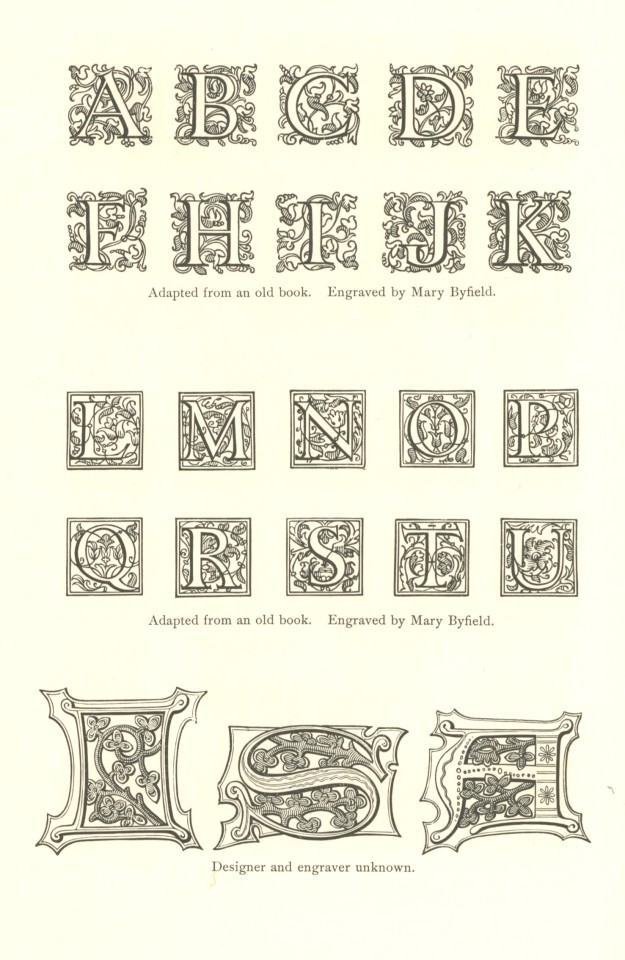

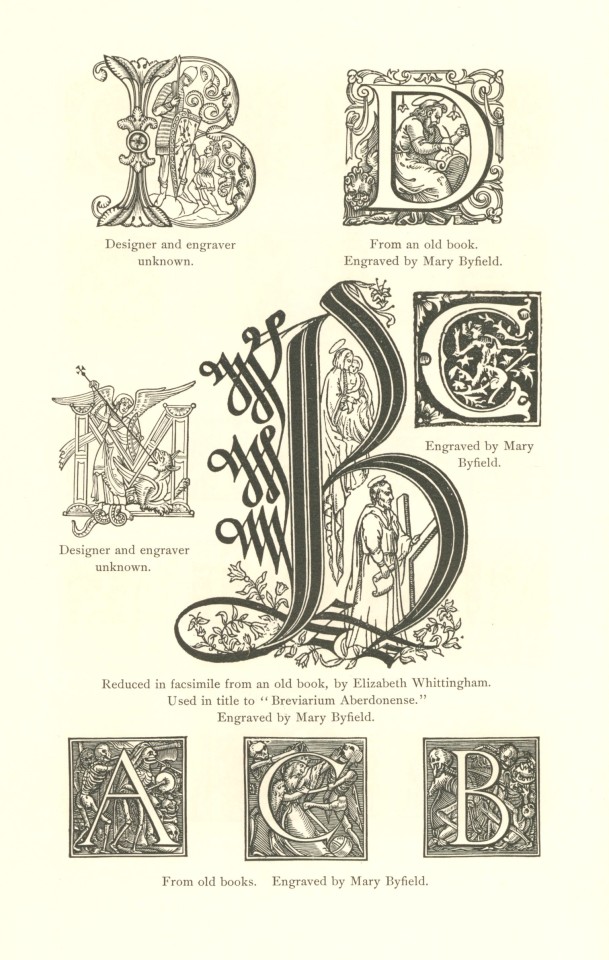
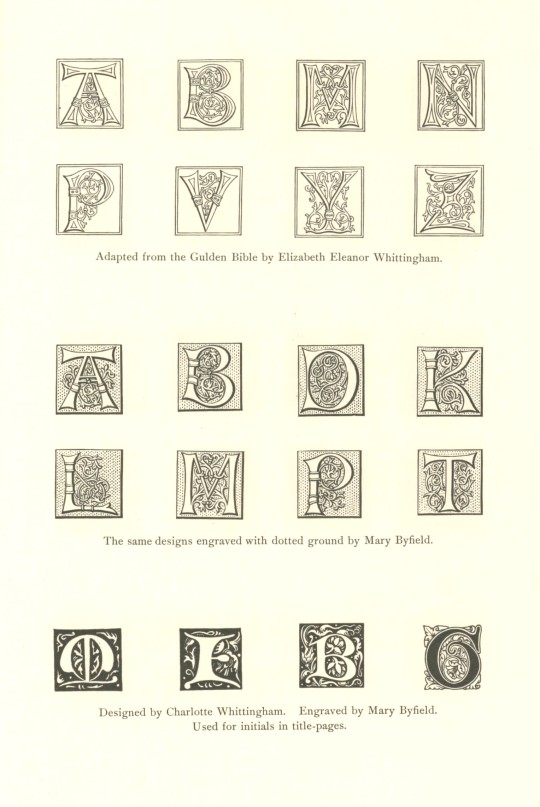

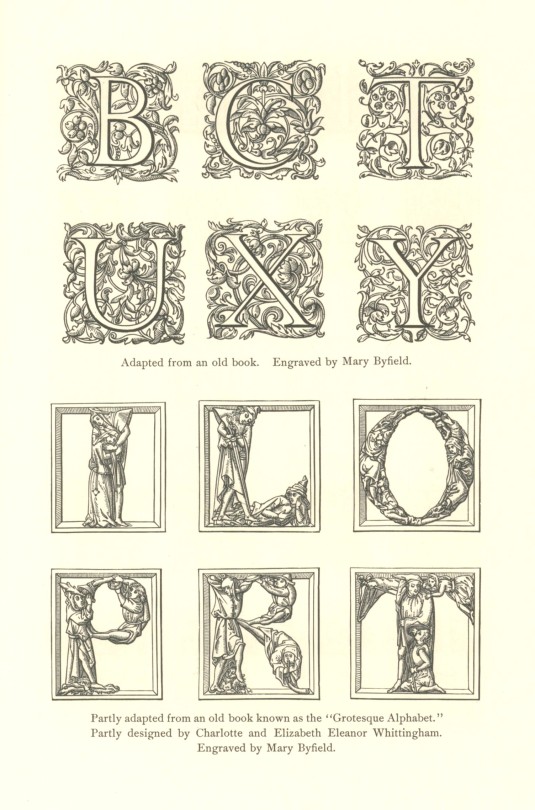
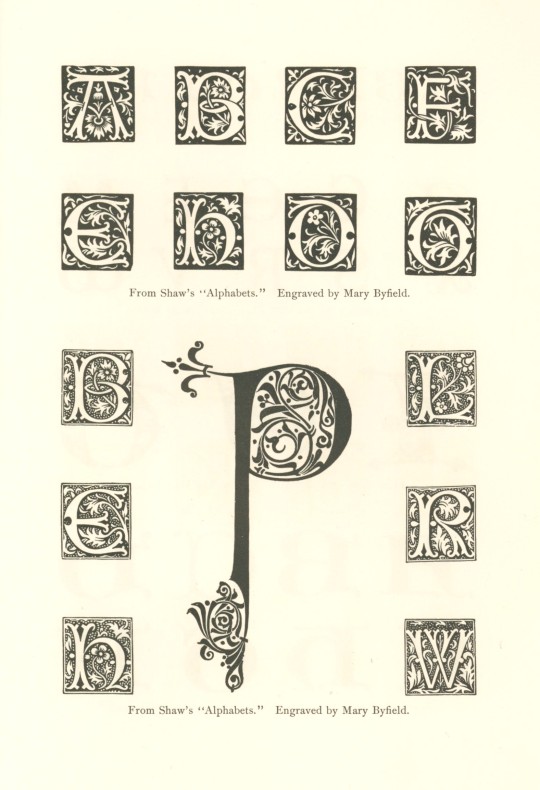
Typography Tuesday
WHITTINGHAM INITIALS
The Whittinghams, Charles the Elder (1767-1840), who founded the Chiswick Press, and his nephew and successor Charles the Younger (1795–1876), were among the finest English printer/publishers of the 19th century, noted especially for the quality of typographic design and evenness of printing. Their firm was also the chief printer for bookseller/publisher William Pickering, whose own devotion to quality was exemplified in his use of Aldus Manutius's anchor & dolphin printer's mark, combined with the motto Aldi Discipulus Anglus (Aldus's English Disciple).
Many of the distinctive, wood-engraved initials the Whittinghams used were designed by Charles II himself along with his artist daughters Charlotte and Elizabeth, almost all of which were engraved by English book illustrator and wood engraver Mary Byfield (1795-1871). The Whittingham initials shown here are from the 1896 Grolier Club publication, The Charles Whittinghams Printers by Arthur Warren (1860-1924), which itself is printed by one of the finest 19th-century American printers, Theodore Low De Vinne (1828-1914), who printed the book on handmade paper in an edition of 185 copies. Our copy is another gift from our friend Jerry Buff, a Grolier Club member.
View our other Typography Tuesday posts.
#Typography Tuesday#typetuesday#Women's History Month#Whittingham Initials#Charles Whittingham#Charlotte Whittingham#Elizabeth Whittingham#William Pickering#Mary Bayfield#wood engravings#initals#The Charles Whittinghams Printers#Grolier Club#Arthur Warren#Theodore Low De Vinne#Jerry Buff#wood engravers#women wood engravers#women type designers#19th century type
108 notes
·
View notes
Text
Hbomb is one of those youtubers whose videos never get old no matter how much I listen to them when I'm working, and I've had a bone to pick with James "the Night of the Long Knives happened because Hitler didn't like Röhm was fat" Somerton for a long time, so this has been me for the last two days:

#to be clear#i saw a couple of his videos a while ago#afterwards i found out he was a plagiarizing piece of shit#and the misogyny poorly camouflaged as 'white cis women' and 'teenage girls' was off the charts#and the yuri on ice stuff was baffling. dude was talking out of his ass#i only found out about the nazi gymbros bullshit today when i thought i couldn't disrespect the guy less#I WAS WRONG#GYMNASTICS GOT POPULAR IN THE 19TH CENTURY JIMMY I'M SURE WIKIPEDIA WILL TELL YOU SO IF YOU TYPE THE WORD 'GYMNASTICS'#IT WAS THE VICTORIANS JIMMY IT WASN'T THE NAZIS#YOU'RE OFF BY A HUNDRED YEARS#LEARN TO PROPERLY PLAGIARIZE IF YOU'RE GOING TO MAKE IT YOUR ENTIRE CAREER PATH#anyway. thanks hbomb and todd in the shadows i feel so much better now. if i ever meet you drinks are on me.
10 notes
·
View notes
Text

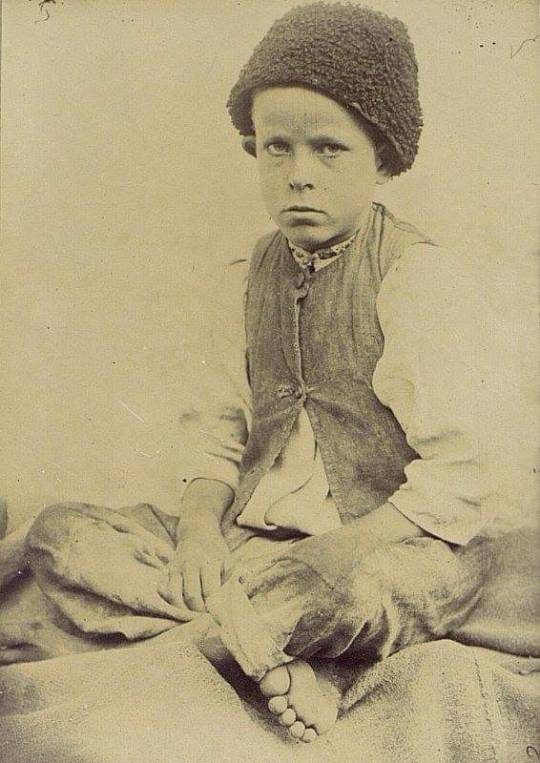




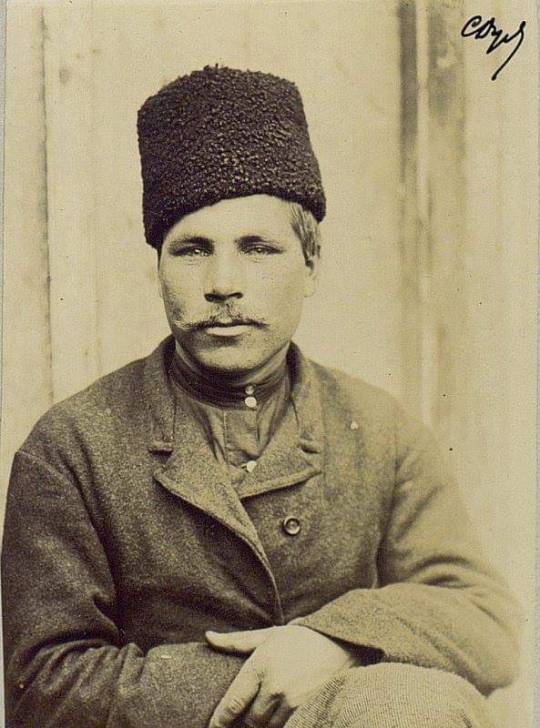

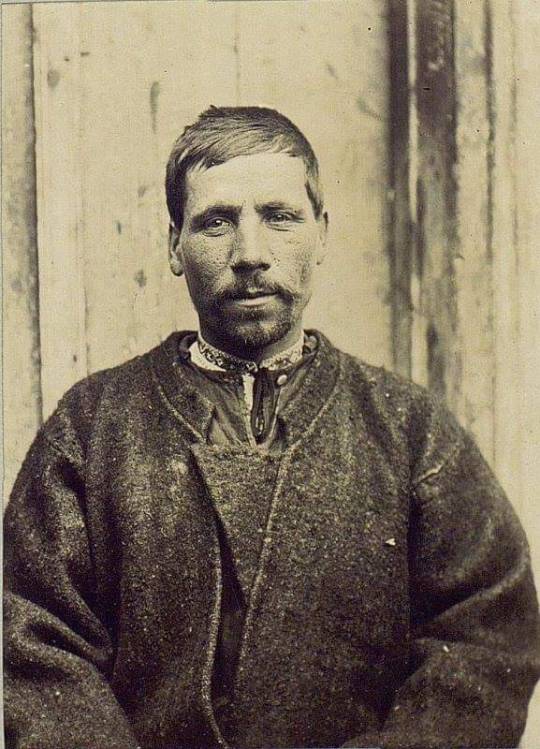
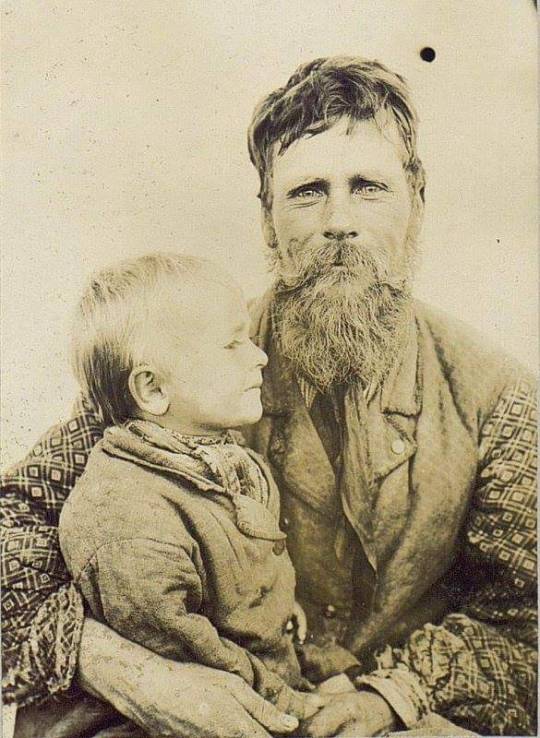

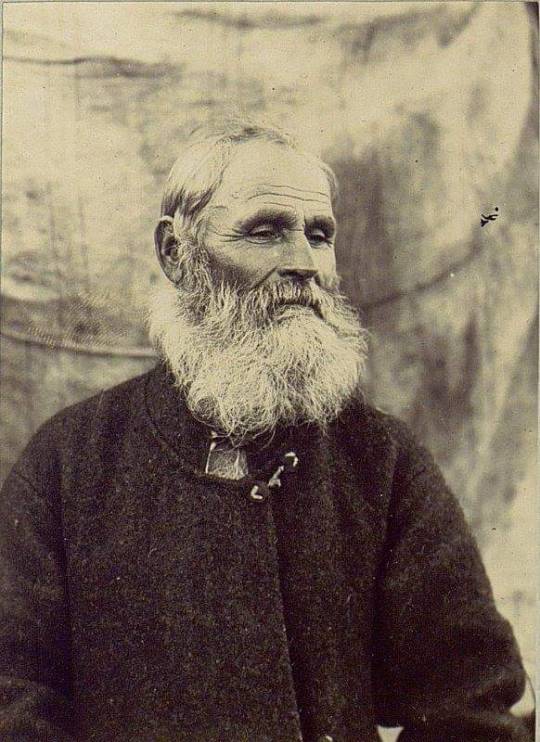
Portraits of ukrainian peasant men from Poltava region by Samiylo Dudin (1894)
Портрети чоловіків селян з Полтавскої області зняті Самійлом Дудіним (1894)
#ukraine#eastern europe#photography#vintage photography#anthropology#portraits#people#black and white photography#faces#xix century#19th century#men#ethnic types#types
301 notes
·
View notes
Photo







La Mode illustrée, no. 22, 31 mai 1896 and no. 24, 14 juin 1896, Paris. Alphabet au point de chaînette pour linge de table ou de nuit. Ville de Paris / Bibliothèque Forney
#la mode illustrée#19th century#1890s#1896#on this day#June 14#May 31#periodical#fashion#alphabet#pattern#type#Forney#chain stitch
55 notes
·
View notes
Text
Niche history ramble(also boy king mention at the end ofc) //
I was reading abt Maximillian I today, the second Habsburg emperor, bcs ive prev read about his father who I think is very interesting. But omg somehow this guy is even more interesting, but in a completely different way(I like his father Frederick III bcs I think his life is very funny ooc, but Maximilian I is genuinely really cool!) Also it's surprising to me that it took me this long to read about him, considering I very vividly remember seeing his portrait in a museum in Vienna. It's weird looking at it being used as the display pic for his wiki page bcs im like ...I've seen that in real life omg....
He's referred to as "The Last Knight"(as well as being nicknamed "Heart of Steel") And god I love now having random knowledge, cause I'm reading this like "ha, how very Don Quixote of him" and then the very next line in the biography was like, historians question whether he genuinely was like a knight or if he was a Don Quixotic figure 😭😭 glad to see I was on mark. Anyways, I wonder if Cervantes knew abt this, like I wonder if him being popularized as the last knight was a widely known thing back then. It's funny how Don Quixote was written at the end of the 16th century, but even back in the beginning of the century, being a knight was still kinda an outdated thing. I like how the two views on Maximillian I are either that he was the Last Knight or the first Rennaisance prince who had Machiavellian ideals. It fits into my weird obsession w those two works(The Prince and Don Quixote)
Anyways that being said. Boy King au Fernando is def like this, except he has literally nothing to back it up djfkkglg. Like at least Maximilian I was actually out there being insane. Fernando just sits in his cozy reading room, fantasizing while reading The Prince, and commissioning suits of armor as decoration(thats what he says. The real purpose is to dress up in them so he can feel cool.) I think this is honestly a reason he goes along with the marriage. He begrudgingly finds Seb's family history to be very cool and interesting, and he isn't opposed to being around it 🤭 Well, begrudgingly isn't the right word. He's very earnestly obsessed with it, but he can never tell Seb that bcs Seb will literally never let it go.
Seb just finds him staring up at paintings of Seb's ancestors, and Fernando, tears in eyes, hand on his heart, proclaims "I'll continue your legacy!!!" Seb is both mocking him like "he's not even your relative" but also has tears in his eyes like omg he's my family 🥺 he's accepted being my family 🥹
#suffering in silence: no one irl wants to hear my habsburg stories </3#im in an austrian studies class and im like omg right up my alley#and then all he talks about are sisi and franz josef SOB#this is very pretentious of me and ALSO a joke yknow#but he showed a family tree of the Habsburg. but it started at the top w maria theresa#so like. its not really a habsburg family tree. its the habsburg-lorraine tree :)#ik it goes back way too far for us to be able to meaningfully cover all of it or even a lot of it#but im like YOU KNOW THERES PEOPLE FROM BEFORE RIGHT??? 😭#as i said to my friends. if theres photographic evidence of this person then i am not interested#<- basically. pre 19th century guys are my favs :)#i mean i like josef ii and maria theresa but ideally my favs are early 1700s and earlier#well anyways#this comes hand in hand w my characterization of boy king stuff#like i read these and i am genuinely interested and want to regal it to other people bcs yay history!#but then my second thought is: okay how do i apply this to the boys#im getting deeper into fernando's characterization lately#i think hes the type to be like. i was born in the wrong century 😔#catie.rambling.txt#boy king au
9 notes
·
View notes
Text
really feeling some way about ann trying to articulate the desire to be a mother but to experience a kind of motherhood that doesn’t involve a husband or having sex with a man…. her struggle to put this into words + to make anne understand what she meant. idk i found the whole conversation really moving + resonant in a way i didn’t anticipate
#gentleman jack#rambles#to have this being discussed in the context of a 19th century relationship#when it’s something queer women + mothers still struggle with today?#wheeeew#like . it really hit some feelings i have about queerness + motherhood#+ the struggle of imagining other potential types of motherhood
228 notes
·
View notes
Text
Lateen sails
The lateen sail is a square sail consisting of a triangular cloth with the luff attached to the spar. The yard is usually attached to the mast at about the midpoint. For sailing, the yard is set at an angle so that one side of the sail runs horizontally and is tensioned at the tip with the rope. Depending on the wind direction, the sail can be swung to either side, which requires the entire yard to be realigned.
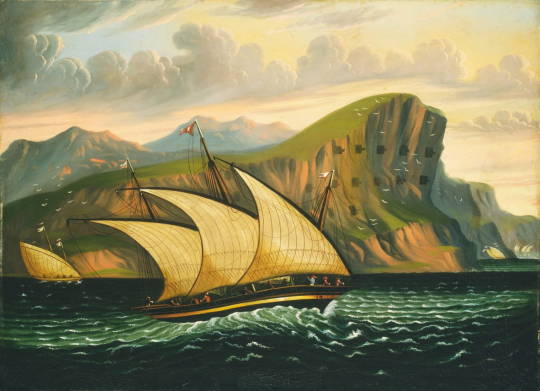
Felucca off Gibraltar, by Thomas Chambers (1808-1869) (x)
The sail appeared in Roman Mediterranean shipping in the 2nd to 4th centuries AD, initially mainly on smaller and coastal ships. The origin of the name "Latin sail" is not entirely clear, however, even though it first appears in Roman. One interpretation says that northern European seafarers named it after the Latin sailors who used it. Another interpretation refers to the expression alla trina (triangular) for the sail. The square sail was analogously called alla quadrata.

Settee & Lateen Sails. A settee sail is a lateen sail with the front corner cut off, giving it a quadrilateral shape. (x)
According to the Belgian naval historian Lucien Basch (1930-2018), genuine lateen sails can even be traced back to the first century BC in Hellenistic seafaring, which makes the origin of the name difficult again. The heyday of the lateen sail was in the Middle Ages. From the 6th century onwards, it dominated sailing in the Mediterranean to such an extent that the square sail, which had been predominant until then, only really became tangible again in the late Middle Ages. The lateen sail made it possible to sail higher up the wind, which simplified cruising and considerably reduced the time needed to sail against the wind.
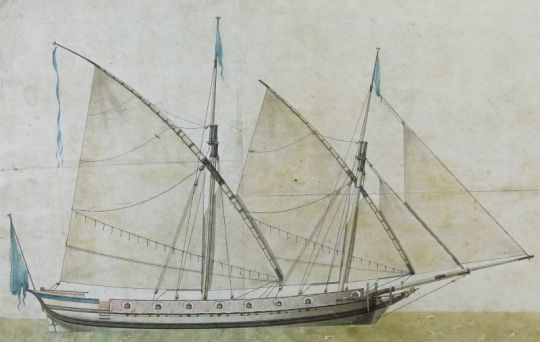
Contemporary painting of a pojama (a type of warship built for the Swedish archipelago fleet) with lateen rigging. By unknown, 18th century (x)
The ships of the Age of Discovery, the caravels, caracks and galleons, used square sails on the foremasts and lateen sails on the mizzen masts. On very large ships of this period, two lateen sails were occasionally set on top of each other, but this was very difficult to handle.
The lateen sail, which is closely related to the square sail, was further developed in the 17th century into the lugger sail and the gaff sail; the spars for tensioning the gaff sail, called boom and gaff, are attached to the mast at one end and are therefore much easier to handle during manoeuvres. But the lateen sail was still there.
#naval history#sail type#lateen sails#1st century bc - 19th century#ancient seafaring#age of discovery#age of sail#age of steam#modern
122 notes
·
View notes